Culture
“Discover Komotini, the Multicultural Heart of Thrace”
- Museums
- Entertainment
- Events
- Festivals
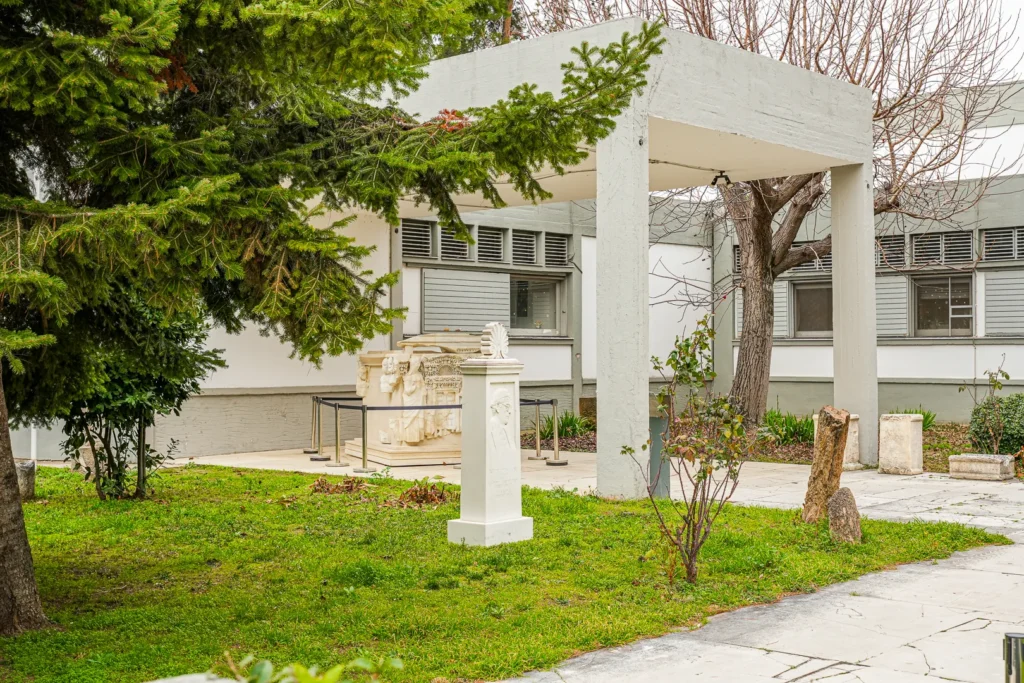
Archaeological Museum of Komotini
The Archaeological Museum of Komotini is one of Thrace’s most important cultural institutions, showcasing a rich collection of ancient artifacts that chronicle the history of the region from prehistory to late antiquity. Founded in 1965, the museum has undergone numerous renovations and expansions to improve its exhibitions and visitor accessibility. Among its exhibits are ancient pottery, sculptures, coins, and everyday objects, offering visitors an in-depth view of Thrace’s cultural heritage. The museum also hosts temporary exhibitions and educational programs, contributing to public awareness and appreciation of archaeological knowledge and cultural heritage. Conveniently located in central Komotini, it is a landmark for history enthusiasts visiting the city.
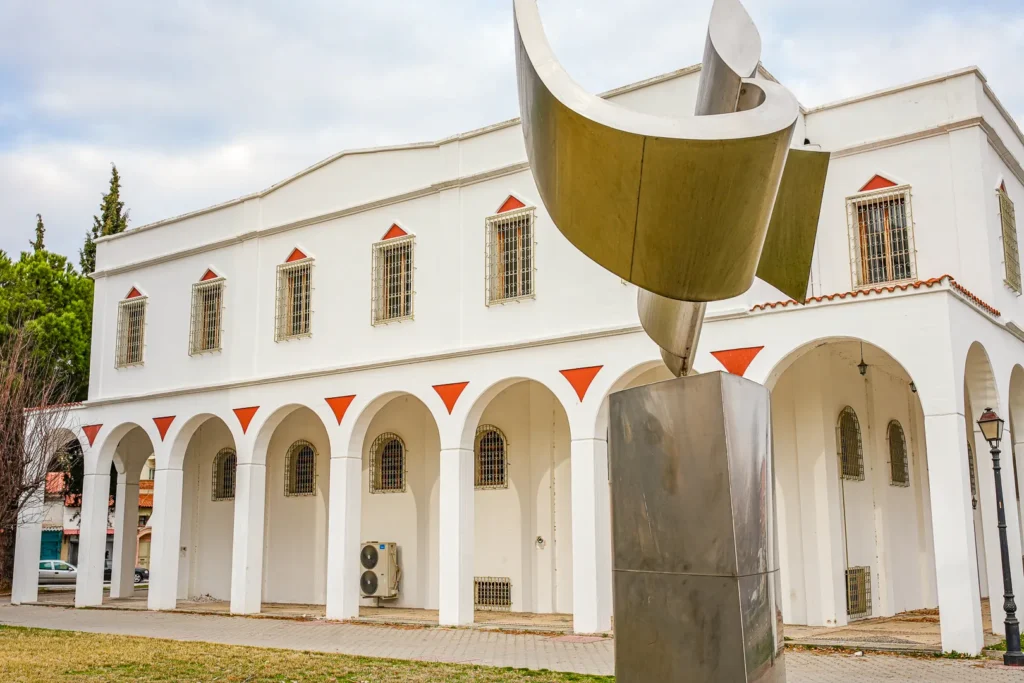
Byzantine Museum (N.Z. Papanikolaou Foundation)
The Byzantine Museum of Komotini, part of the N.Z. Papanikolaou Foundation, is a cultural center established in 1991 and housed in a modern building donated by Nikolaos Z. Papanikolaou. On the museum’s second floor, visitors can explore a remarkable collection of rare items, including manuscripts on papyrus and parchment, ceramics, and post-Byzantine artwork. With exhibits displayed in 120 large glass showcases, the museum offers a unique viewing experience. In addition to its exhibition halls, the museum has a 320-seat amphitheater and rooms for art exhibitions and future workshops, further enhancing its role as a cultural hub.
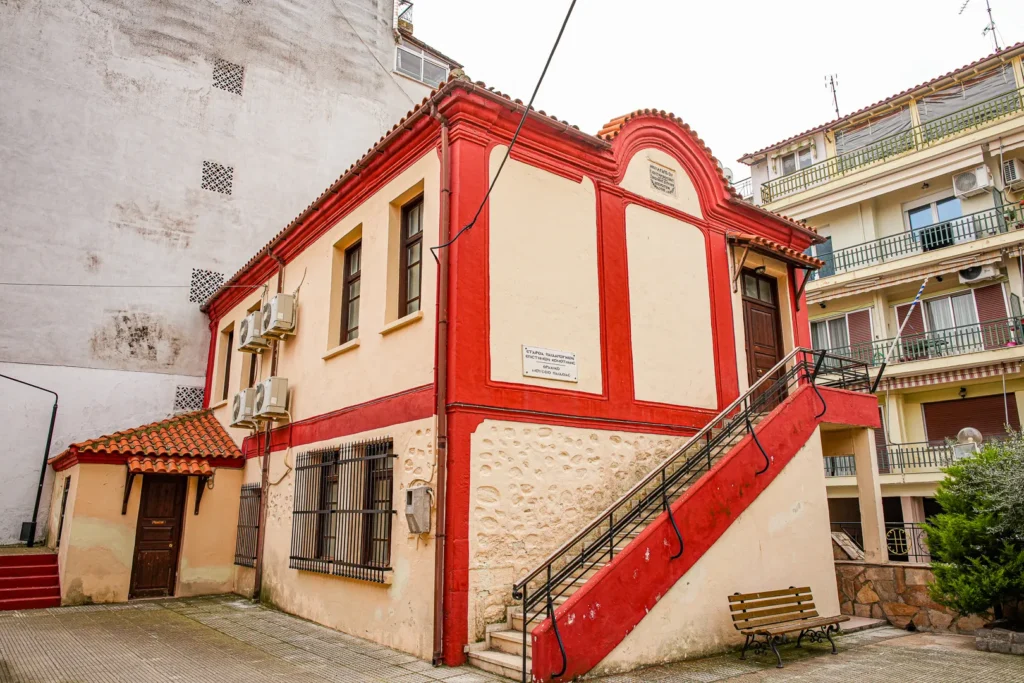
Thracian Museum of Education
The Thracian Museum of Education is dedicated to the educational heritage of Thrace. It is housed in a historic 1882 building, originally built as a kindergarten and later transformed to hold collections that testify to the region’s educational tradition. Its exhibits include educational artifacts like blackboards, old desks, manuscripts, and school uniforms from the 17th and 18th centuries, bringing to life the daily school experience of those eras. The first floor contains an organized library with collections on pedagogy and the history of Thrace, while the museum objects are displayed on the second floor. Visitors, particularly school groups, can participate in educational programs that enrich their understanding of the region’s educational history.
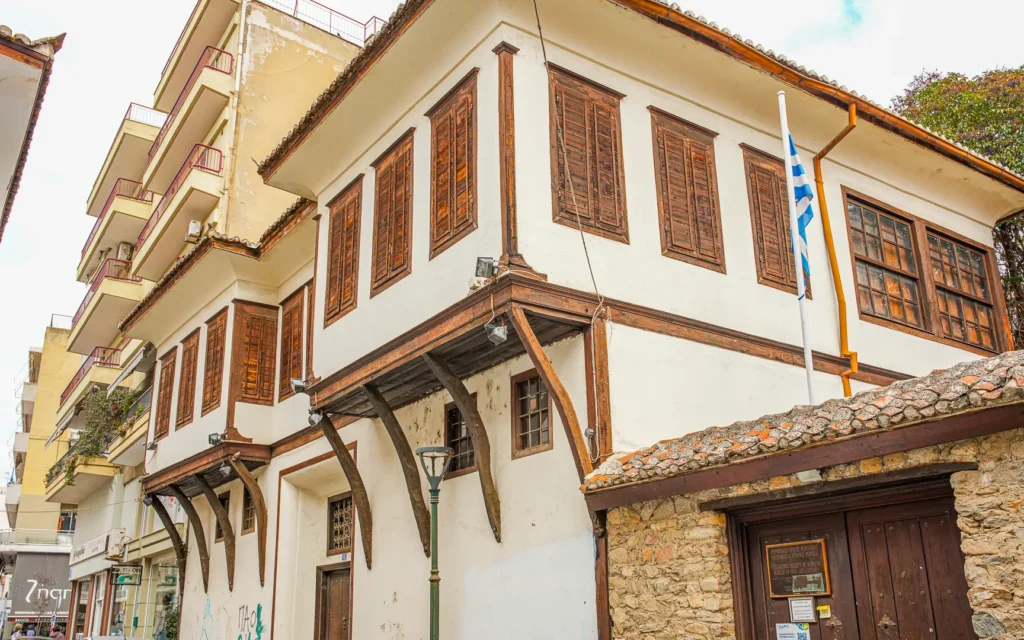
Folklore Museum of Komotini
Since 1989, the Folklore Museum of Komotini has been housed in the historic Peidis Mansion, offering a vibrant depiction of daily life in Thrace through its rich collections. The museum displays traditional costumes, handmade textiles, lace, as well as tools and agricultural implements, showcasing the traditional culture of the region. A notable part of the collection includes personal items of Archbishop Chrysanthos from Komotini, along with religious artifacts that highlight the region’s spiritual heritage. This museum offers visitors an authentic glimpse into the customs and everyday life of the past, preserving the legacy of Thracian folk culture.
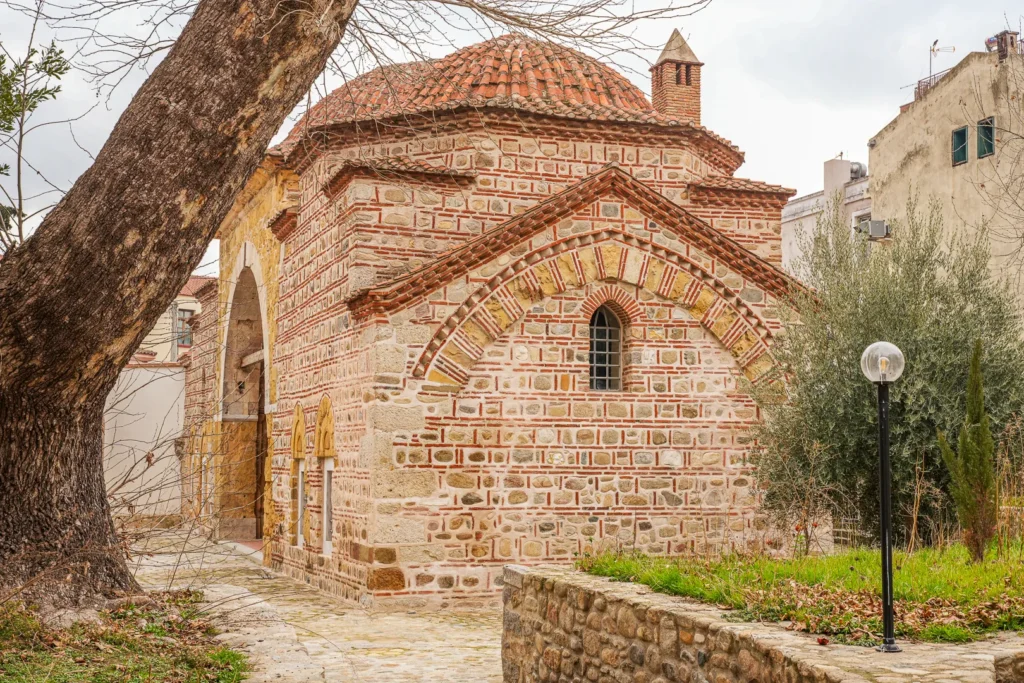
Ecclesiastical Museum (Imaret)
The Ecclesiastical Museum of Komotini is located in a renovated 14th-century building originally built as a Muslim charitable foundation (imaret). Today, it celebrates the religious and cultural traditions of Thrace through a rare collection of ecclesiastical artifacts, such as icons, wood carvings, sacred vessels, and vestments dating from the 16th to the 20th century. The building itself, a notable example of Ottoman architecture, deepens the sense of historical heritage and represents the coexistence of different cultures in Thrace. Visitors to this museum experience a blend of history, art, and spirituality that reflects the rich religious legacy of the region.
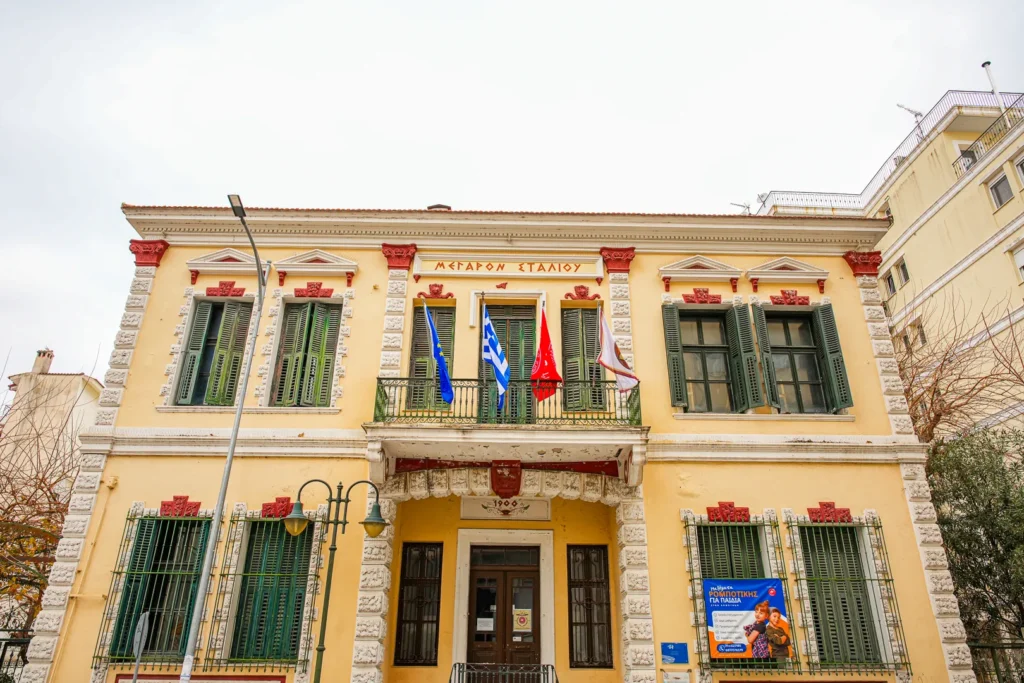
Municipal Pappadriellios Art Gallery
Pappadriellios Municipal Art Gallery in Komotini is housed in a striking building and showcases works by Greek artists, spanning various trends in modern Greek painting. Its exhibitions feature pieces inspired by naturalistic, abstract, and expressionistic elements, along with innovative techniques and materials. The gallery offers visitors a unique opportunity to explore the evolution of Greek art throughout the 20th century and gain insights into its diverse artistic expressions.

Karatheodori Museum
Karatheodori Museum in Komotini is dedicated to the life and work of Constantin Κaratheodory, one of the most prominent mathematicians of the 20th century. Established in 2005, it holds a remarkable collection of Κaratheodory’s personal items, including letters, notes, and books, providing a unique opportunity to delve into the world of mathematics and his scientific achievements. In addition to his contributions to science, Κaratheodory was also a pioneering engineer involved in significant projects, such as the construction of the Suez Canal. Operating as a research center, the museum highlights the legacy of a man whose work influenced both Greek and international academia, marking an important cultural and intellectual reference point in Komotini.

Thracian Ethnological and Cultural Museum
The Thracian Ethnological and Cultural Museum, housed in the historic Skouteris Mansion, is one of the most important cultural institutions in the region, offering insight into the history, traditions, and daily life of Thrace. Through its exhibits, the museum captures the urban life of Komotini and the surrounding area from the late 19th to early 20th centuries. The collection includes traditional costumes, everyday items, artwork, and photographs, reflecting the diverse cultural influences that have shaped Thrace over the years. This museum provides a unique opportunity for visitors to immerse themselves in the lifestyle and multicultural heritage of the region’s past.
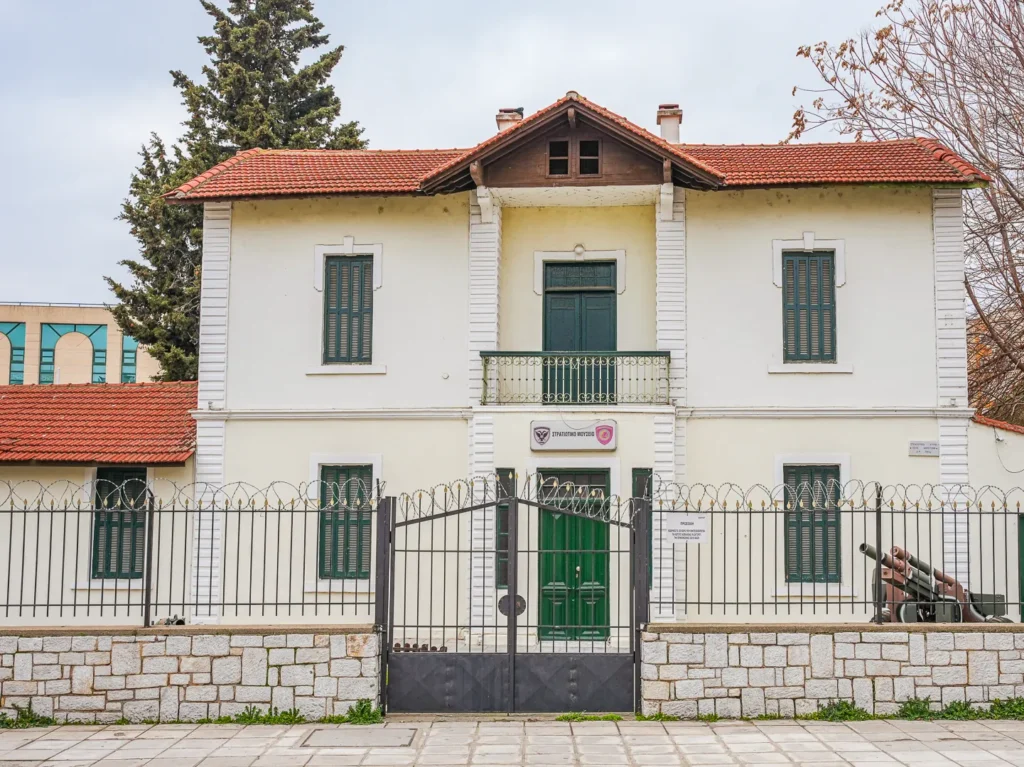
Military Museum of Komotini
Located at the Mouziopoulos camp within the 21st Armored Brigade, the Military Museum of Komotini is a significant cultural venue highlighting Greece’s military history. It focuses on key periods such as the Balkan Wars, World Wars I and II, and Peacekeeping Missions. The museum features a permanent exhibition covering various historical eras, and its outdoor exhibits showcase military vehicles, tanks, and aircraft. The museum also hosts regularly updated temporary exhibitions, inviting repeat visits. Open to the public with free admission, the museum allows visitors to self-tour, fostering a strong connection with the historical heritage of Komotini.

Nymfaia Fort Military Museum
Nymfaia Fort Military Museum is located within the historic Nymfaia Fort, constructed in the 1930s as part of Greece’s defensive system. The fort gained international significance during the 1941 Battle of Nymfaia, where Greek forces defended this strategic point against German assault before its eventual capture. The museum’s exhibits include weapons, military uniforms, and relics from the era, offering visitors an in-depth look at the intense battles and the conditions soldiers endured within the fort. Audio-visual presentations reenact key moments from the battle, highlighting the historical importance of the fort’s defense and bringing its storied past to life.

Pandrosos Natural History Museum
Pandrosos Natural History Museum is a significant educational and cultural resource for the region, focusing on the biodiversity and ecosystems of the Rhodope Mountains. The museum explores the relationship between humans and the natural environment, with an emphasis on topics such as agriculture, livestock farming, and the protection of endangered species. Although the exhibition space is small, it features interactive displays that encourage visitor engagement, with a particular focus on rocks, fruits, and elements from both marine and terrestrial ecosystems. The museum places special importance on environmental education for children and is designed to be accessible to individuals with disabilities, ensuring it is open to all visitors.

Romani Basketry Museum
Romani Basketry Museum is a unique cultural institution dedicated to showcasing the traditional craft of basket weaving, an essential part of daily life for the Romani community. Established in 1995, the museum houses exhibits that highlight the art of basket weaving using natural materials such as reeds. Visitors have the opportunity to observe the process of basket and other utility items being made while learning about the historical and social context of this tradition. The museum offers an excellent opportunity to explore the rich cultural heritage of the Romani people, who continue to preserve and pass down their knowledge of this craft to future generations.

Komotini Concert Hall
The Komotini Concert Hall is one of the most important cultural centers in the city, hosting a variety of events and activities that promote art and culture. It is located in a strategic area and boasts modern facilities, including concert halls, exhibition spaces, and theaters. The Concert Hall organizes concerts with renowned artists, theatrical performances, as well as educational programs for all ages. Aiming to enhance the cultural life of the region, it serves as a meeting and creation space for the residents and visitors of Komotini, promoting the exchange of ideas and cultural exchange.
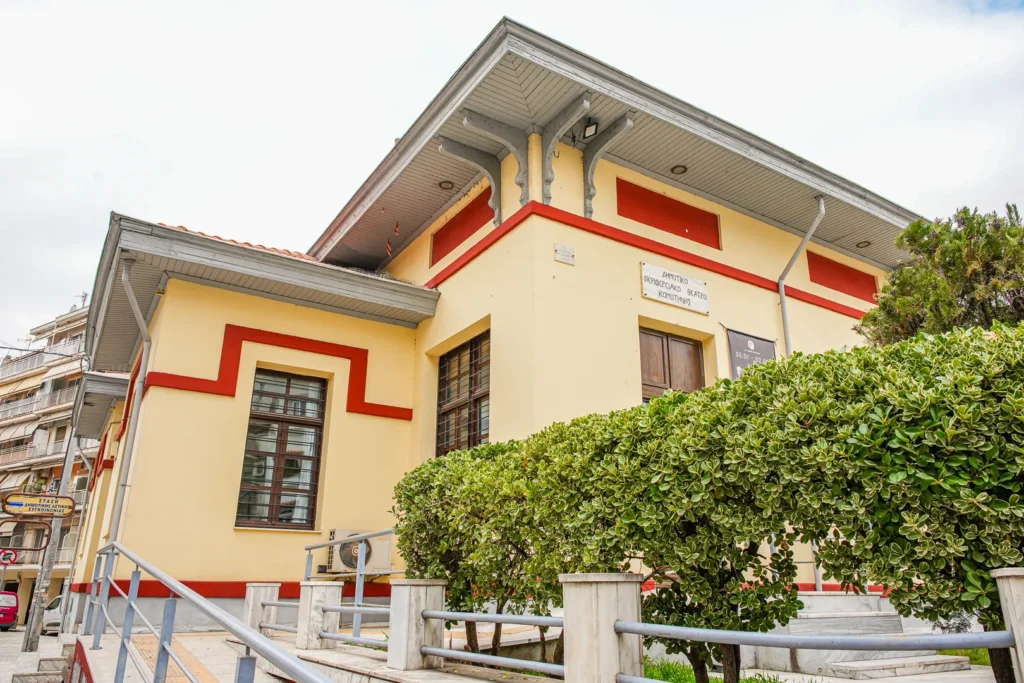
Municipal Regional Theater
The Municipal Regional Theater of Komotini, known as DI.PE.THE., was founded with the goal of promoting theater in the region and supporting local artistic talent. The theater, housed in a renovated building with a history dating back to 1924, has 451 seats and offers a wide range of performances throughout the year. The events include professional theatrical productions as well as cultural activities that promote local art and culture. The theater’s policy is to make use of the artistic potential of the region and organize a variety of events that attract audiences of all ages.

Summer Municipal Theater
The Summer Municipal Theater of Komotini is the summer version of DI.PE.THE., offering a rich program of cultural events during the summer months. Audiences have the opportunity to watch theatrical performances, films, and various cultural activities in an open and pleasant atmosphere. The program includes performances for children, comedies, and international films, attracting a broad audience and strengthening the relationship between the residents of Komotini and culture. This summer initiative aims to provide entertainment and cultural experiences for everyone, contributing to the enhancement of the city’s cultural life.

May 20th: Saints Constantine and Helen
The festivals in Paradimi and Thrylorio provide an excellent opportunity for the locals to celebrate with traditional music and dances. The community enthusiastically participates in the festivities, while visitors enjoy the authentic celebratory atmosphere.

June: Whit Monday
The festivals in Messouni and AgioiTheodoroi are a special time of the year when locals and visitors honor the Whit Monday with traditional events. Meanwhile, in Thrylorio, the funeral tradition reveals the cultural heritage of the region.

June 23rd: St. John the Klidonas
The women’s event in the Stratoni neighborhood for St. John the Klidonas is full of traditions and customs linked to summer and the celebration of the Klidonas feast. This event is known for reviving traditional practices every year.

July 7th: St. Kyriaki
The festival in Roditi and in the village of Zymvrakaki is a celebration with deep religious roots. People honor St. Kyriaki with worship events, while the village is filled with joy, traditional music, and dancing.

July 13-17: St. Marina
The events in Thrylorio for St. Marina are filled with religious devotion and traditional celebrations. The festival is an important cultural event for the region, with participation from all the locals and visitors.

July 19: Prophet Elijah
The festival in honor of Prophet Elijah, held in the villages of Pandrosos, Porpi, and Pagouria, is one of the most significant religious celebrations in the area. It is an event full of traditional customs, where the local community participates with energy and enthusiasm.

July 25: St. Paraskevi
The festival of St. Paraskevi in Mesi and at the Holy Paraskevi Grove in Komotini gathers many faithful who honor her memory with religious reverence. The day concludes with a traditional celebration, music, and dancing, creating a festive atmosphere in the area.

July 26: St. Panteleimon
The festival in MikroKranovounio for St. Panteleimon is a special moment for the locals, with religious events and a traditional festive atmosphere that brings the people together.

August 4-6: Transfiguration of the Savior
The festival in Karydia for the Transfiguration of the Savior is one of the largest religious celebrations in the area. With a divine liturgy and traditional events, the celebration connects the local community with their faith and traditions.

August 15: Assumption of the Theotokos
The festival in Roditi for the Assumption of the Theotokos is one of the most important religious events of the summer. The day is celebrated with a divine liturgy and traditional customs, while participants enjoy music and dancing.

August 22: Feast of the Monastery of Panagia FaneromeniVathirriakos
The feast of the Monastery of Panagia FaneromeniVathirriakos is a major religious event for the area, with many faithful taking part in the worship services and celebrations.

August 26: St. Fanourios
The festival of St. Fanourios organized by the association “O Gorgopotamos” in the area of the swimming pool is an event that combines religious devotion with traditional entertainment. The locals actively participate in the events, which highlight the local tradition.

September 2: Event in Neo Sidirochori
The event in Neo Sidirochori is a cultural gathering that showcases the local heritage and offers participants the opportunity to experience traditional customs through music, dance, and other activities.

September 7: Birth of the Theotokos
The festival in MegaloKranovounio for the Birth of the Theotokos is an important religious event that combines worship with local traditions. The residents celebrate the birth of the Virgin Mary with a divine liturgy and traditional festivities.

September 13: Exaltation of the Holy Cross
The festival in Mesohori for the Exaltation of the Holy Cross is a religious celebration honoring Christ’s Cross. The locals participate with reverence and joy in the events, which include ecclesiastical and cultural activities.

September 17: Saints Sophia, Faith, Hope, and Love
The festival in Messouni for Saints Sophia, Faith, Hope, and Love is an event that unites religious worship with local tradition. The people take part in a divine liturgy and traditional celebrations that strengthen the community.

October 25: St. Demetrios
The festival in Anthohori, Ifantes, and Kallisti for St. Demetrios is a feast filled with religious devotion and traditional celebration. The residents of the area participate with energy and reverence in the ceremonies.

November 7: Archangels Michael and Gabriel
The festival in Nea Andriani for the Archangels Michael and Gabriel is a religious celebration that gathers the locals and visitors to honor the saints with a divine liturgy and traditional events.

Fanari Festival
Fanari Festival is a cultural event that celebrates the traditions and arts of the region, with activities including traditional dances, musical performances, and theatrical shows. Visitors can enjoy live music, local flavors, and participate in activities that highlight the cultural heritage of Fanari and the wider area. It is an event that strengthens the local community and attracts visitors from across Greece.

WelKOM Student Welcome Festival
WelKOM is the student welcome festival of Komotini, combining music, dance, and activities aimed at integrating new students into the city. It features presentations by local cultural and sports associations and hosts over 40 organizations and institutions from Komotini and the Democritus University of Thrace. The festival offers students the opportunity to explore the activities of the organizations, participate in workshops, and enjoy a festive atmosphere.

Street Food Festival
Komotini Street Food Festival is a popular food celebration that brings together top street food vendors from Greece and around the world. Visitors can sample a variety of flavors, while the festival also includes musical performances and competitions for a complete experience. This event has become a staple for the city, attracting thousands of visitors each year and boosting the local economy.

Canteen Festival
Canteen Festival is a celebratory event in Komotini that celebrates street food, offering visitors the chance to taste dishes from various cultures as well as local delicacies. Alongside, there are musical and cultural events, creating a vibrant atmosphere that unites the community and visitors. The festival is particularly popular among young people and families.

Eleftheria of Komotini
Eleftheria celebrations mark the biggest event in the city, commemorating Komotini’s liberation from the Ottoman Empire in 1912. The events include concerts, theatrical performances, and cultural exhibitions, with locals actively participating in dances and parades, honoring the city’s history. Through these activities, the sense of national pride and local community is reinforced.

Anniversary of the Battle of the Nymfaia Fort
The Anniversary of the Battle of the Nymfaia Fort honors the significant 1912 battle, during which the Greeks defended the strategic fort from Bulgarian attacks. The events include historical reenactments and tributes, offering both locals and visitors the opportunity to learn more about the historical importance of the battle. This event reinforces awareness of past sacrifices and the historical heritage of the region.
